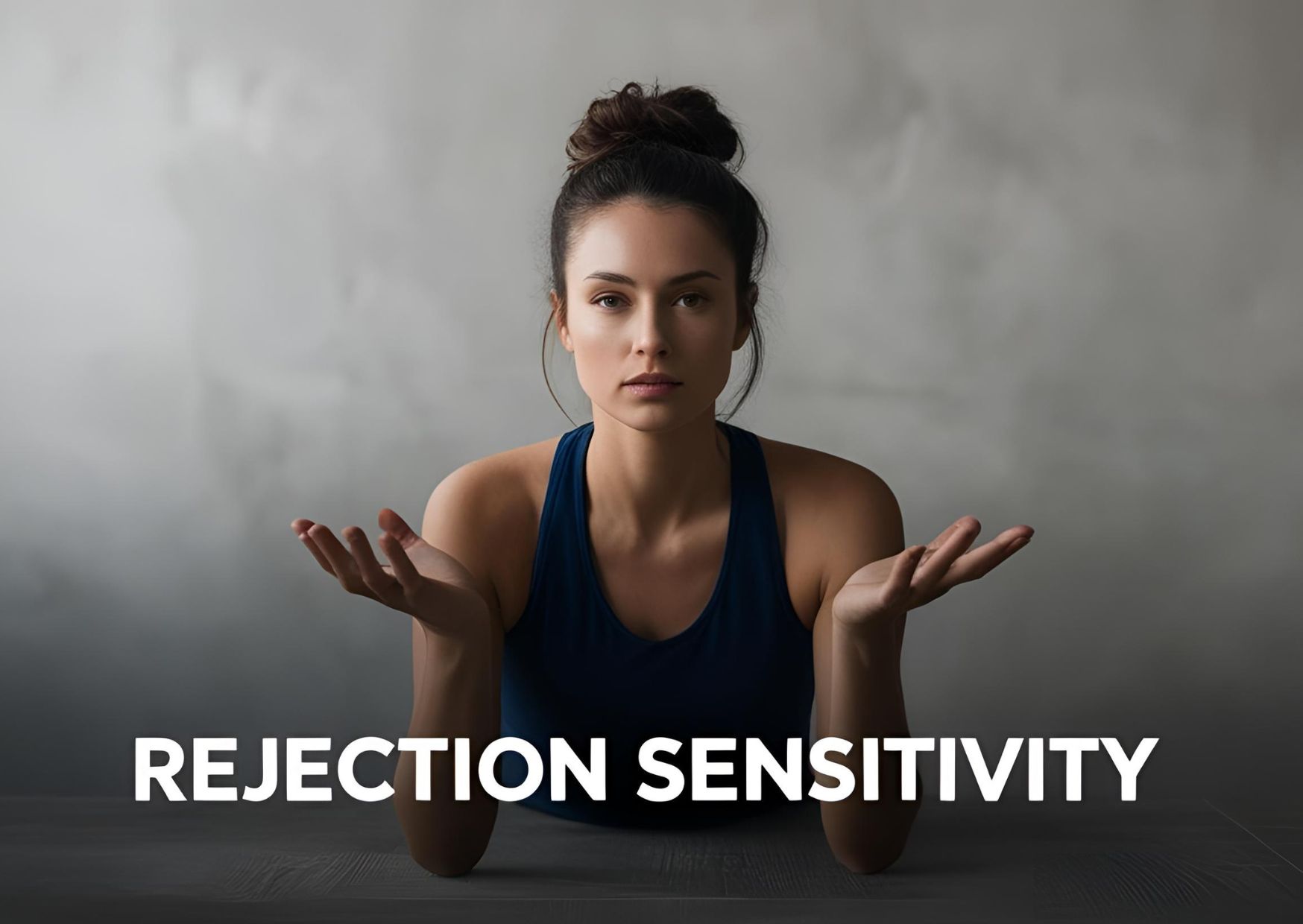The Hidden Truth About Rejection Sensitivity Most Doctors Miss
One-third of adults with ADHD experience rejection sensitivity so severely that they call it their most debilitating symptom. Many healthcare providers overlook or misdiagnose this condition despite its powerful effect on patients who describe their emotional pain as “unbearable.”
Rejection sensitivity shows through intense emotional moves triggered by noticed criticism or rejection, though it lacks official recognition in the DSM-5. Brain structure differences that affect emotional regulation cause this condition, especially when you have ADHD. The resulting anxiety, depression, and emotional dysregulation can feel as intense as physical pain.
This detailed piece explains why medical professionals miss rejection sensitivity, its brain science mechanisms, hidden symptoms, and the steps needed to receive an accurate diagnosis.
Why Doctors Often Miss Rejection Sensitivity
Medical professionals often mistake rejection sensitivity for other conditions. This leads to a cycle of misdiagnosis and treatments that don’t work. Doctors tend to blame symptoms on mood or anxiety disorders instead of looking into why it happens.
Common misdiagnosis patterns
Doctors usually confuse rejection sensitivity with anxiety, depression, or bipolar disorder. These conditions share many symptoms, as research showed that 40% of people with bipolar disorder also have ADHD. The most important difference lies in how emotions show up – rejection sensitivity causes intense but short mood changes triggered by specific events. Bipolar disorder, on the other hand, creates mood changes that last weeks or months.
Gaps in medical training
Doctors struggle to spot rejection sensitivity because of limited research and formal recognition. They don’t have standard tools to diagnose it, which makes identification especially hard. The core team lacks experience with this condition. It remains under-researched and misunderstood, especially in adult patients.
Outdated diagnostic criteria
Current diagnostic methods have major limitations. The DSM-5 criteria focus on children aged 6-12 and have never been confirmed for anyone over 16. On top of that, these traditional criteria leave out emotional symptoms, thinking styles, and relationship patterns because they’re hard to measure.
The European Union recognized these problems recently. The EU’s 10-year update of the Consensus Guidelines on Adult ADHD redefined the condition by late 2019. They included emotional regulation difficulties as one of six basic features. All the same, three factors still make formal recognition complicated: symptoms come and go, patients hide their emotional reactions because they feel ashamed, and these experiences are hard to study in research settings.
The Brain Science Behind Rejection Sensitivity
“Rejection sensitivity is a trait that makes a person expect, perceive and react intensely to rejection, whether that rejection is real or perceived.” — William Dodson, Psychiatrist specializing in ADHD
Brain imaging research has revealed something fascinating about how we process social rejection. Scientists now understand the specific neural networks that light up when we feel rejected. This discovery helps explain why rejection can hurt as much as physical pain.
Neural pathways of rejection
Brain scans tell us that our brains process social rejection much like physical pain. The brain areas that respond to rejection include:
- The dorsal anterior cingulate cortex (dACC) that processes rejection-related distress
- The anterior insula that handles emotional awareness
- The ventral striatum that manages reward expectations
- The prefrontal cortex that regulates rejection-related emotions
Our brains show increased activity in these regions whenever we see faces that disapprove of us. This neural response tells us why rejection can feel as intense as a physical injury – our brains process both experiences through similar pathways.
Emotional regulation centers
The brain’s emotional regulation system is a vital part of managing rejection sensitivity. Brain structure differences affect how well we regulate emotional responses. People with high rejection sensitivity show less activity in their prefrontal areas, which suggests they have trouble managing rejection-related distress.
Research shows that our brain’s natural opioid receptors typically help control pain perception and may overreact to emotional injuries like rejection. The amygdala works as the brain’s threat detector and can become hyperactive specifically during social rejections.

